It’s the end of the world as we know it. At least it is in the increasingly popular dystopian novels being written for young adults. Titles like “The Hunger Games” and “The Uglies” continue to fly off the shelves and the trend doesn’t seem to be stopping. Teens and adults alike are clamoring more and more for a taste of the apocalyptic. But what is the appeal of reading about the world gone mad? Dystopian authors wrestled with this question as part of a debate featured in “The New York Times.”
- Maggie Stiefvater author of “Shiver,” believes the popularity lies in escapism. She writes, “In a culture defined by shades of gray, I think the absolute black and white choices in dark young adult novels are incredibly satisfying for readers.”
- The author of “Shipbreaker,” Paolo Bacigalupi, thinks dystopian novels reflect current trends in society. Bacigalupi says, “Young adults crave stories of broken futures because they themselves are uneasily aware that their world is falling apart.”
- Scott Westerfeld, author of “The Uglies” and “Leviathan,” believes dystopian novels especially appeal to teens who want to rebel against the system. “Schools are places where teens are subject to dress codes, have few free speech rights, and are constantly under surveillance, where they rise and sit at the sound of a bell. Is it any wonder that dystopian novels speak to them?” writes Westerfeld.
Whatever the reason, dystopia is a huge trend in popular culture. For teens and adults who are willing to brave zombies, cannibals, mind-control, worldwide epidemics, corrupt totalitarian governments, and all levels of mayhem, I suggest one of the following dystopian titles: Lois Lowry’s “The Giver,” Veronica Rossi’s “Under the Never Sky,” Jonathan Mayberry’s “Rot and Ruin,” Lauren Oliver’s “Delirium,” Dan Wells’ “Partials,” Carrie Ryan’s “The Forest of Hands and Teeth” and Marie Lu’s "Legend."





i liked "year of the flood" by atwood and "ashes of the earth" by pattison too
ReplyDelete